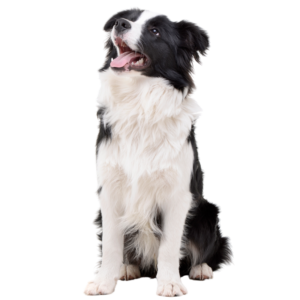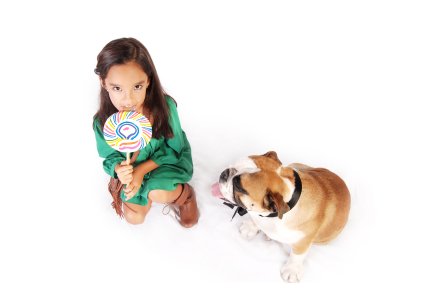Behavioural consultants state that over 95% of time, the parent was standing within 3 feet of the child when a dog-bite occurs. The problem is obviously not lack of supervision; it’s a fundamental lack of understanding of what parents/guardians should be watching for. Here is a simple list to help you improve your supervision skills:
Watch the Dog’s Body Language
- Good Body Language: Loose, relaxed, regular breathing and wiggly (ie tail)
- Bad Body Language: Stiff, frozen in place, stops panting or holds breath
Watch for Inappropriate Human Behaviour
- Even if your dog seems to be very patient, teach your kids not to climb on or try to ride your dog. Also stop them from pulling the ears, yanking the tail, or otherwise poking and prodding the dog.
Watch for Stress Signals
- Yawning, licking his/her own upper lip, looking away, tremoring and wide-eyed (can see the whites of the eyes) are all signs of stress in your dog. If you see any of these, please separate your child from you dog and allow your dog time to relax.
Watch for Avoidance Behaviours
- If your dog decides to move away from you child, do not allow the child to follow or corner him/her. The next option for your dog will likely be to growl or snap. Teach your child to respect your dog’s decisions and follow his cues.
Listen for Growling
- Growling is an early warning sign of aggression. If growling doesn’t work, the dog may feel it necessary to snap or bite. Even if your dog has always been “vocal” and has never bitten, don’t take that chance with your children; separate them.
You can also help protect your children by teaching them 4 key facts that every child should know:
- Never approach a loose dog, even if it seems friendly. Also avoid dogs confined/chained in their yards as some dogs are very territorial. And ALWAYS ask the owner’s permission before petting the dog.
- “Be A Tree” when a loose dog approaches: stand straight with feet together, fists under the neck and elbows in. Don’t run and don’t make eye contact. Most dogs will just sniff and walk away.
- If a dog attacks, “feed” inanimate objects (like a jacket or book bag)to prevent it from biting flesh.
- If you get knocked down by an attacking dog, “Be A Log”: face down and curled into a ball with fists covering the back of the neck. This will protect vital areas and save his/her life.
Discuss safe behavior with your kids and explain that not all dogs are friendly. You should role-play these lessons until they are ingrained like a fire-drill. That way they will know what to do if confronted of attacked.



